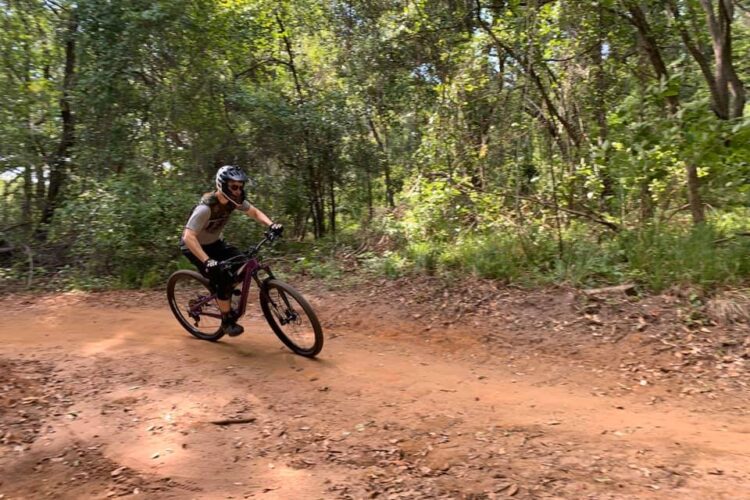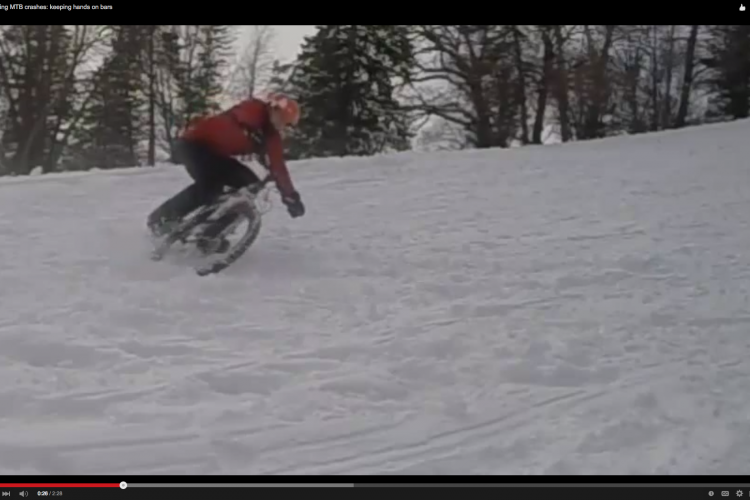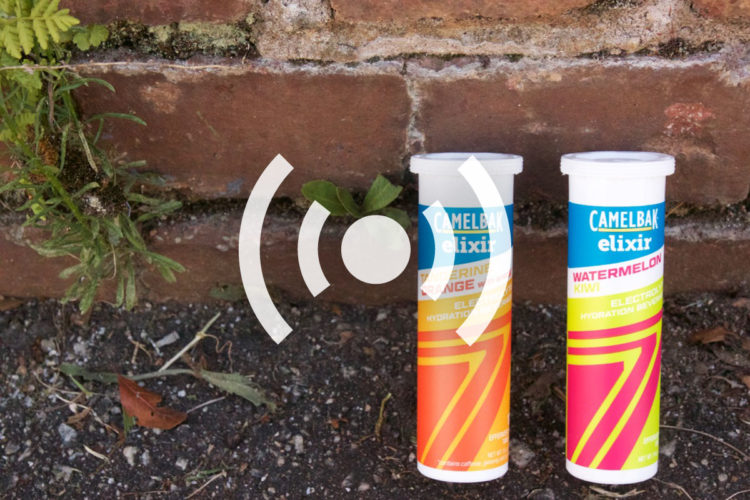Bad Trip #3
The Venue: Palmer Section 16 Loop, Colorado Springs, CO
Experience Level: 12 Years Riding
The Plan: Ride my favorite route from my home, a five-mile loop on top of a two-mile (each way) stem. No cause for concern, right?
The Difficulty: CRASH!
How it Went Down:
The Palmer Section 16 Loop was a regular ride of mine, being doable from home without needing a car. It is a classic Colorado Springs ride, with a long but doable climb, followed by a much steeper and more technical descent, filled with the Springs’ ubiquitous decomposing Pikes Peak granite. As one of my local favorites, there’s not a single nook, cranny, line, or obstacle I’m not intimately familiar with and haven’t cleaned a dozen times or more. It is technical enough to scare off many riders, or prompt others to dismount a few times, but as my local go-to, it held no horrors for me.

Where Things Went Wrong:
Before the descent, there is actually the single most challenging feature: a jagged bunch of granite that sticks awkwardly out of the mountain. It is rideable, but you’ve got to be on your game. There appears to be a rideable line just below the rock to the right, but it peters out before the far side of the rock. The only rideable line is to stay left, hug the high side of the rock, and just fly over it. This requires commitment at the start, with enough momentum to make it to the other side, as pedaling isn’t an option on most of the sidesloped rock where a pedal strike will send the rider sideways down the canyon. The only way is to hit it hard and with confidence. It is a test piece for many local riders. It’s much easier today with big wheels, but it is fraught with wheel traps that require excellent technique on a 26er, which is what I was riding.
As I approached the rock, I noticed some hikers approaching from the other side. I always try to exercise exemplary trail etiquette, so I prepared to stop and dismount and give the nice young couple right of way. But I realized they were still some distance back from the feature, and I had time to clear it before they got there. After doing a quick calculation in my head of our closing velocity, I decided to go for it. Of course, part of the calculation included acknowledging the fact that I would have an audience for my great technical accomplishment. Few clear the rock, and even more rare is a witness to the feat. I didn’t always clear the rock–if I wasn’t feeling it, I’d walk it. But I was having a good ride that day, and how could I back down when I was within sight of others?
But in that brief period when I was making the go/no-go decision, I lost much of my momentum. I tried to compensate with an extra strong pedal stroke as I ascended the backside of the rock, but was in a low enough gear that it offered little help. Then, just as I thought I might have enough ol’ mo’ to carry me across, my line drifted a little too low and I dropped my front wheel into a gap in the rock which served as a perfect wheel trap. The bike came to a sudden stop, and I fell, of course, to the downhill, exposed side. Given the steepness of the sideslope, it was close to 10 feet of vertical before my right knee made first contact with a particularly jagged bit of the granite.

As I extricated myself from the bushes, rocks, and bike frame, I realized I was battered in a number of places with abrasions covering most of the right side of my body. But abrasions are really no big deal. The hikers pleasantly apologized for disrupting my ride and inquired as to my well being. However I knew instantly, the blame was all mine. I also assured them I was fine, pride not letting me say anything else to the contrary. I stoically remounted to continue my ride as though nothing had happened
That’s when I felt the warmth spreading down my right shin. It seems my right knee had suffered more than just an abrasion and was bleeding profusely. Slowing the bleeding proved difficult. The best I could do was to remove my sweat-soaked bandanna and wrap it tightly around the knee and begin the most technical part of the ride.
Four difficult, painful, bloody miles later I was back at the house where I stashed the bike, transferred myself to an automobile, and drove to the ER. As I noted, the area is decomposing granite, so there’s gravel of all sizes present everywhere. It took the med techs close to two hours to flush all the little rock bits out of the flap of flesh which the rock had attempted to remove from my kneecap. Fortunately, it was just a laceration, and once the doc arrived and sutured up thirteen stitches in my knee, I was good to go.

Before the stitches were out, I went back out on that loop and rode the feature, just to prove to myself I could overcome the mental doubt from the trauma, and that I still had the skill to do so. Probably not my wisest decision, but something I had to do nonetheless. I did carry my kneepads up the hill and donned them before approaching the feature. Having satisfied myself, I didn’t ride that feature again for another two years, until I bought a bike with a 29″ front wheel, which makes a huge difference on that feature, simultaneously raising the confidence level and lowering the skill level required to clean it.
Lessons Learned:
- Indecision kills.
- Showing off carries multiple risks.
- If you’re going to ride knucklehead features, consider armor.
- If a feature requires momentum and you’ve lost yours, give it up and go back and try again properly.
- Carry your first aid kit (and know how to use it).
Your Turn: Tell us about your tales of terror from the trail in the comments section below.



















